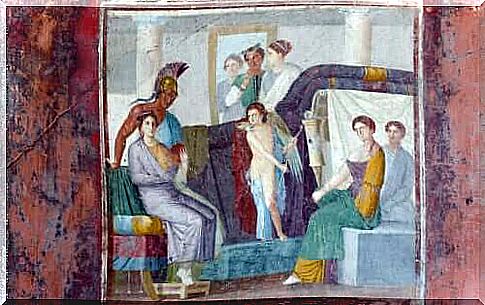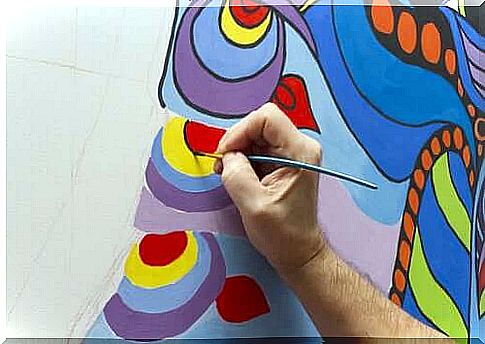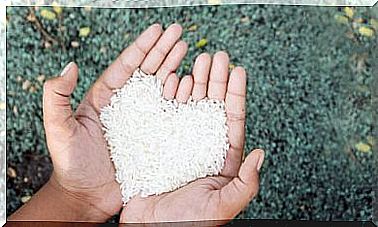Street Art: Artistic Expression On The Street

Artistic expression represents a valid narration of historical facts, since it has moved parallel to history, remaining sensitive to it. This is still the case, and among the different art forms one in particular is gaining great popularity thanks to the value of its contents. This is street art, an artistic representation on the street.
Street art artists transform gray and forgotten walls into an explosion of color that can be full of vindicating, cultural and social symbols. A way to revive the abandoned spaces of the cities.
It is not about painting for pleasure: different groups work with the aim of improving our society through art. In this article we will embark on a journey through the maze of street art, we will find out what it is, what its origins are and why it is important. We will also mention some of the most representative movements.
What do you do and what are the origins of street arts?
Graffiti, according to many, is a form of urban art. They consist of artistic interventions performed through various techniques with different materials. Urban languages and expressions are represented on a wall. There is no common aesthetic, which varies depending on the artist.
In an article published in Nómadas magazine , Martha Cecilia Herrera and Vladimir Olat define street art as one of the most representative signs of contemporary cultures. Aesthetic constructions that mobilize forms of political thought.
Urban art was born as an artistic movement, muralism, after the Mexican revolution. At that historical moment, it aimed to make art a social tool and rejected any work that came from commercial circles. Muralism proposed the production of works that represented the Mexican reality, and its major exponents at the time were Diego Rivera and David Alfaro Siqueiros.

Muralism mainly made use of public buildings and soon began to spread throughout America. Even today this type of art is produced, in which the walls represent aspects of culture and society.
What is the importance of this artistic expression
Murals are fundamental because they represent a meeting point between the past, the present and the future. They give meaning to the individual and to the community; they represent new stories that question aspects of the social order.
Street representations are constructs that question the present and make some realities visible and memorable. Here they give meaning to the socio-cultural context and inaugurate new horizons to visualize it.
These spaces are therefore essential, because through each intervention they shape authentic aspects of the socio-cultural context and transform opaque spaces into places that are visible and full of life.
Many of these works not only color a wall, but also transform citizens’ thoughts and emotions. They offer a chance for improvement even to neighborhoods that have now fallen into oblivion, offering new insights. They mark territories and bring out communities.
Examples of street art
Street art has spread all over the world. Let’s analyze some examples both classic and nowadays:
- Mexican muralism. It was a movement with political and social implications. This artistic expression reflected feelings of national identity and belonging, thus extolling the love for the homeland. The intention was clear to make the people participate in its own history, and this through works. A clear attempt at inclusion, claiming, for example, the indigenous community. Its prominent representatives were Diego Rivera, Rufino Tamayo and Roberto Montenegro, to name a few.
- Chilean street art. Muralism in Chile began after the visit of the Mexican David Alfaro Siqueiros. In this case the popular world, the Conquest and real characters are represented. A particular street art due to the earthquakes that subjects the architecture to continuous changes. The main representatives of this movement were: Laureano Ladron de Guevara, Romero, Gregorio de la Fuente and Pedro Olmos Muñoz, to name a few.
Contemporary street art
- San Francisco and the traces of muralism. The artistic expression of the street in the Californian city boasts a long path that has made visible the cultural traces of those who have been victims of discrimination, especially Hispanic citizens. The most representative district takes the name of Mission; Here you can find murals that recall social struggles and evoke painful and affirmative memories. They are proof of the search for social and cultural recognition. Some NGOs have allocated several spaces to the exhibition of female artists only.

Urban art is evolving today. For example, in Cali, Colombia, there is a community called Mesa de Grafica Urbana which aims to manage, support and organize pedagogical projects for the development of art in the city. And this is just one example of muralism still alive.
Through the murals we can express emotions and thoughts, making them easily accessible to any public. An art form that represents the social and cultural dimension, which fills urban spaces with color, not only through painting, but also through the contents it shapes and various exciting projects.









